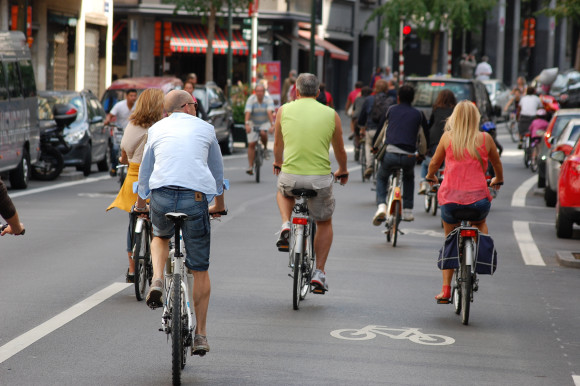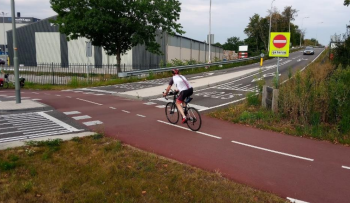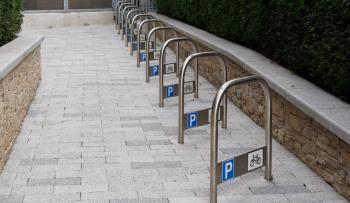
How the Dutch love for cycling is benefitting the nation
The famous Dutch obsession with bicycles is clearly paying off – a recent study by Elliot Fishman, Paul Schepers, and Carlijn Kamphuis has found that, due to cycling, about 11 000 deaths are prevented each year in the Netherlands and Dutch people have half a year longer life expectancy than the average European.
While there have been a plethora of studies demonstrating the health benefits of cycling as a means to reduce the risk of sedentary lifestyle diseases and all cause mortality, the study "Dutch Cycling: Quantifying the Health and Related Economic Benefits" – which was published online, ahead of the print version, in the American Journal of Public Health on June 11, 2015 – is the first to actually quantify the health benefits and related economic benefits at a population level in the Netherlands. Currently, about 27% of all trips in the Netherlands are made by bicycle and the weekly time spent cycling is about 74 minutes per week for Dutch adults of 20 to 90 years of age. Even more noteworthy and remarkable, over half of the total life expectancy increase calculated in this study is being achieved by cycling among adults aged 65 and older.
Most importantly, the study clearly shows that Dutch investments in bicycle-promoting policies, such as improved bicycle infrastructure and facilities, are likely to yield a high cost-benefit ratio in the long term. Health benefits translate into economic benefits of over 5% of Dutch GDP. To calculate the economic health benefits of cycling, HEAT uses a standard value of a statistical life (VSL) to monetize the number of deaths per year prevented by cycling. With a Dutch VSL of € 2.8 million per prevented death, investment in cycling is an extremely wise economic investment. The €0.5 billion per year spent by the Dutch government on road and parking infrastructure for cycling is estimated to yield total economic health benefits of € 19 billion per year! “This report confirms what we at ECF have been saying for years: investments in high quality cycling policies and infrastructure produce great benefit over the long term. Cycling for transport delivers wealth and health, quality of life, for people and for cities,” said Dr Randy Rzewnicki, ECF health policy officer.
Recently in London at the International Conference on Transport and Health (ICTH 2015), Dr Rzewnicki was on a panel with W.H.O. HEAT expert Christian Schweizer about the economic impacts of transport policy. He presented Valuing Cycling: Save 200 billion euros & Create 100,000 Jobs with the Cycling Economy. Fishman, Schepers and Kamphuis’ results are particularly impressive and encouraging when compared to the population health effects of other preventive measures introduced in the Netherlands. An overview of Mackenbach et al (2013) showed that the preventive interventions introduced between 1970 and 2010 (e.g. tobacco control and road safety measures) only avoid about 16 000 deaths per year, compared with the 11 000 deaths prevented by cycling. Investment in measures promoting cycling continue to be one of the most effective ways to save lives in the Netherlands. Similarly encouraging, these results are a likely underestimation of the true total health and economic benefits. After all, the monetization of morbidity remains an ambiguous and uncharted territory. You can see the full report "Dutch Cycling: Quantifying the Health and Related Economic Benefits" here. (PDF Download available) Note: A correction was made to the original report, thus changes have accordingly made to this article. The estimated yields of €30 billion per year have been corrected to €19 billion per year.
Source: Dutch Cycling: Quantifying the Health and Related Economic Benefits Published in American Journal of Public Health doi: 10.2105/AJPH.2015.302724 Elliot Fishman, PhD Paul Schepers, PhD Carlijn Kamphuis, PhD Source: PubMed
About the author Eleanor Hegarty is ECF’s Communications Assistant on Projects and Health. She is a history undergraduate at the University of Cambridge in the UK.
Regions:
Topics:
- Log in to post comments
Contact the author
Recent news!
Contact Us
Avenue des Arts, 7-8
Postal address: Rue de la Charité, 22
1210 Brussels, Belgium









